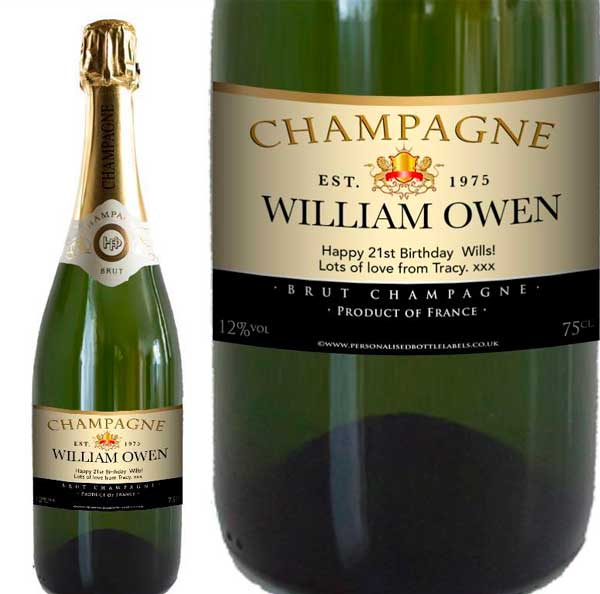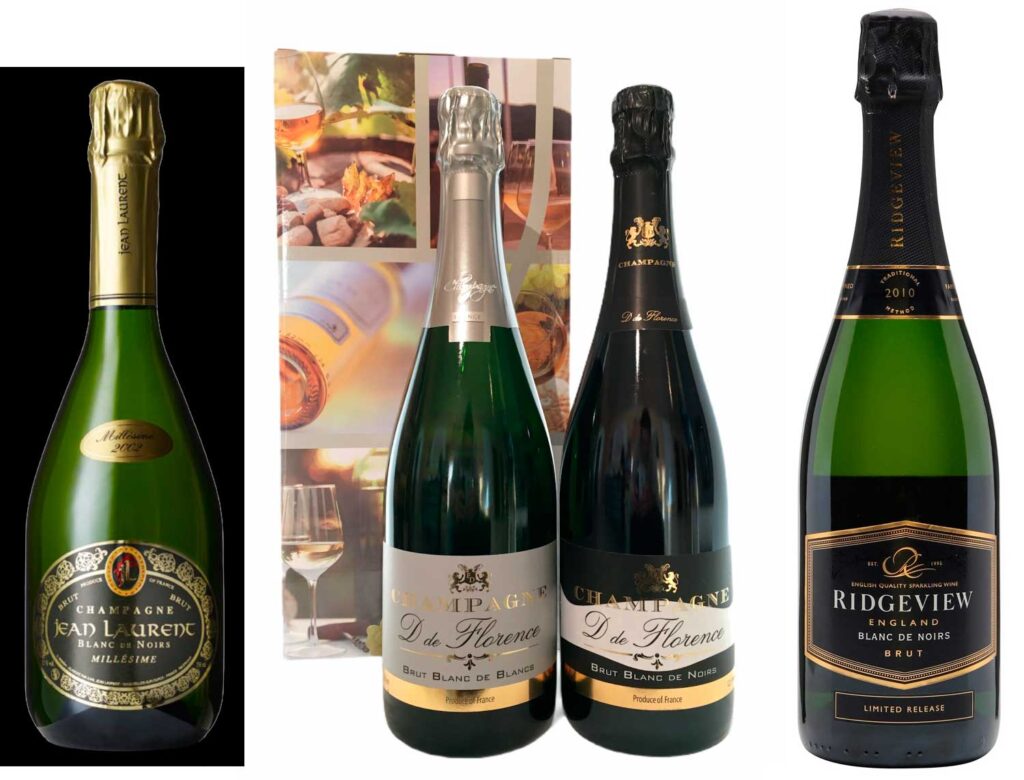When it comes to champagne production, manufacturers have to obey a bunch of strict rules about the production method, grape choice and not only. Some rules also refer to the labeling part of the product. However, champagne labels are less complicated and hard to understand. In this article, we want to discuss the most important things that one shall pay attention to when choosing the best champagne bottle for celebration.
First of all, before we begin make sure that the bottle you are about to open has “champagne” written on it so that we both are on the same page. If not, you are most probably dealing with something else. Now let’s discuss some terms and expressions on the label that may be hard to understand to someone who doesn’t have a lot of knowledge in that sphere.

The style of wine (Sweetness)
There are different levels of champagne sweetness all of which have their definition. The ones defined as “Brut” are the most common ones.
- Brut Nature 0-3 g/l
- Extra Brut 0-6 g/l
- Brut 0-12 g/l
- Extra-sec 12-17 g/l
- Sec (dry) 17-32 g/l
- Demi-sec 32-50 g/l
- Doux 50+ g/l
“Blanc de blancs” vs “blanc de noirs”
The grape variety is one of the most important aspects when choosing champagne and thinking about the quality. Depending on the color of the grape champagne gets different expressions written on the label. For example, if you come across to “Blanc de blancs”, it indicates that the champagne was made of white-skinned grapes while the wording “blanc de noirs”speaks to the fact that it was made of black grapes.

Vintage vs Non-Vintage
Non-vintage champagnes more often referred to as NV means that the champagne is a blend of wines the harvest of which happened in different years but if you happen to see a specific year mentioned on the label, that means that the champagne is vintage so the harvest was done in the same year.
Abbreviations
The abbreviations that you may happen to see on the labels frequently such as: RM, CM, RC, SR, ND, and MA indicate the producer who buys a large number of grapes. Examples of such abbreviations can be RC (Récoltant-Coopérateur) or SR (Société de Récoltants).
